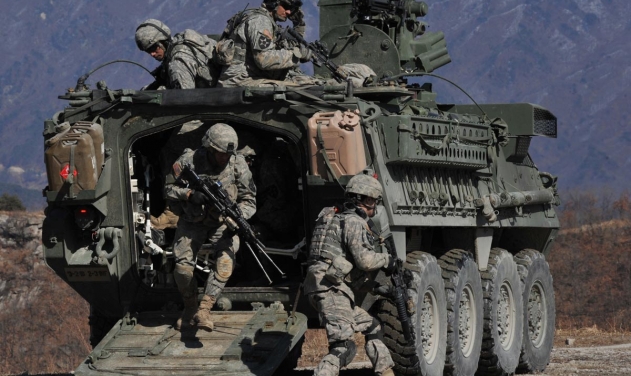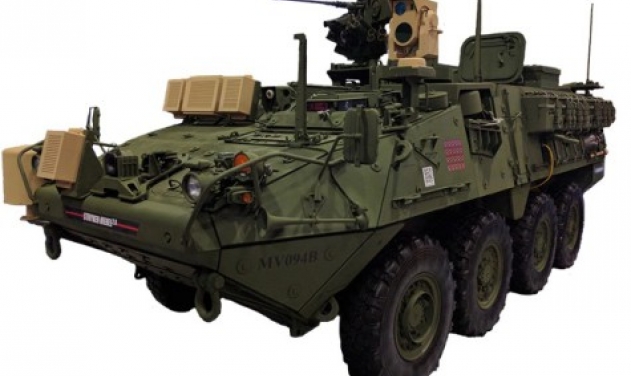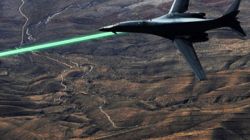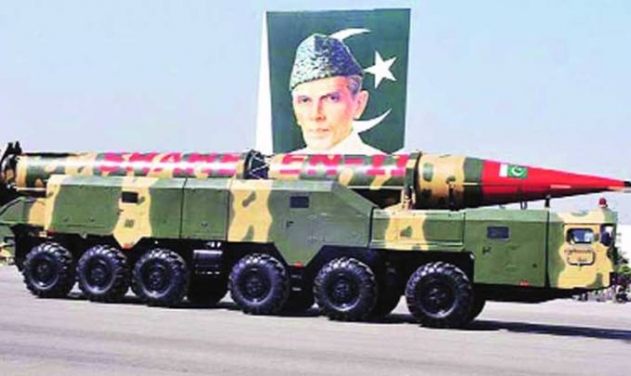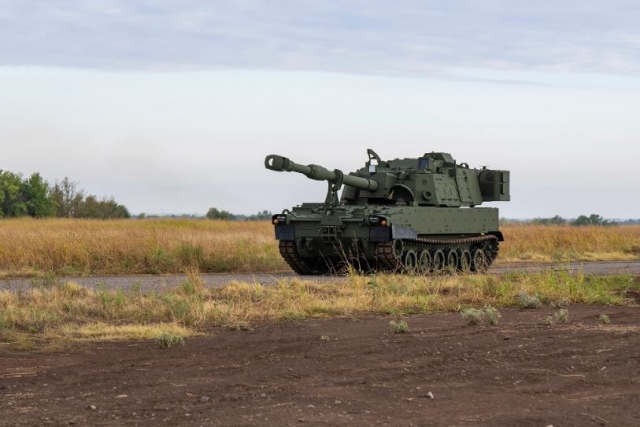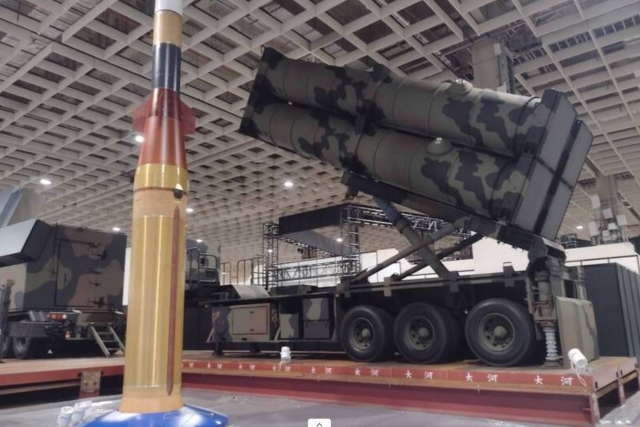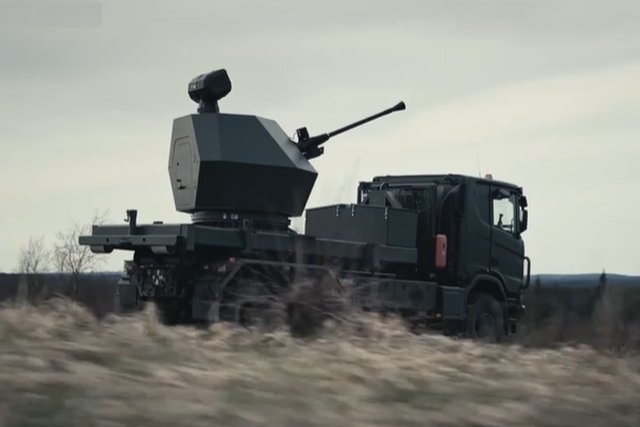US Army Demos Autonomous, Unmanned Refueling Capability
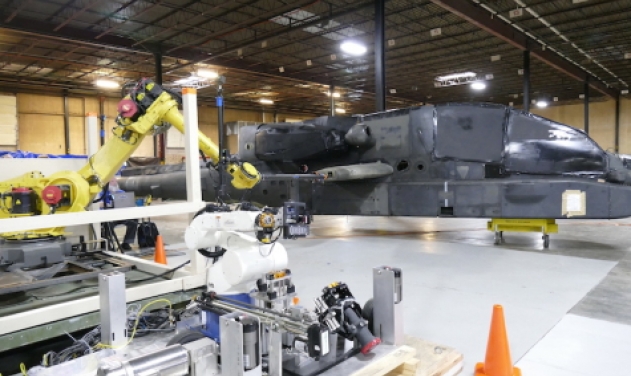
The US Army has unveiled Autonomous & Robotic Remote Refueling Point, or AR3P project that demonstrates a potential material set of solutions, proof of concept, and validated the technical feasibility of an autonomous robot refueling operation.
The project's goal is to enable Army Aviation manned rotary-wing aircraft to address current and emerging range and endurance requirements, as well as refueling challenges created by the non-contiguous battlefield.
By using self-aligning robotics, articulated arms and sensors, the system would support a Quick Hook-Up, ultimately reducing the aircraft's time on the ground. The robotic, unmanned system would also increase safety by removing Soldiers from the fueling station -- a location that could put them at risk of enemy targeting.
"One of the most useful activities of the S&T enterprise is to conduct concept demonstrations like the AR3P," said Layne Merritt AMRDEC's chief engineer for Aviation Development. "For relatively little investment, we can demonstrate the technical viability of a new concept like unmanned or unattended Forward Area Refueling Point operations and at the same time identify possible challenges and considerations that would need to be addressed in a full S&T or acquisition program".
The AR3P concept uses an isolated FARP approach which seeks to provide an autonomous, unmanned refueling capability using existing technologies. These technologies include Aviation Ground Support Equipment, sensors, energy efficient sustainment equipment, aircraft components with minor modifications and aircraft refueling interfaces and equipment.
A majority of the robotic package comes from commercial off-the-shelf materials, but the fuel port system is an AMRDEC-designed solution. Use of additive manufacturing assisted in the rapid prototyping of this S&T project.
Merritt explained examples of technical challenges include size, weight, power, robotic control, detectability and durability.
"It makes sense for us to fill this need," said AR3P Project Lead, Will Nikonchuk. "We address target acquisition and engagement all of the time as the aviation and missile research and development community. That is what AR3P does".
Nikonchuk reported at the demonstration that the project is currently addressing Technical Risk areas in Phase 2 and hopes to establish a framework for future funding. Phase 3 includes aircraft modification and flight testing of a Mosquito Test aircraft, while the final, Phase 4 will feature a flight test of an Apache AH-64 at the Aviation Applied Technology Directorate at Fort Eustis, Virginia.

